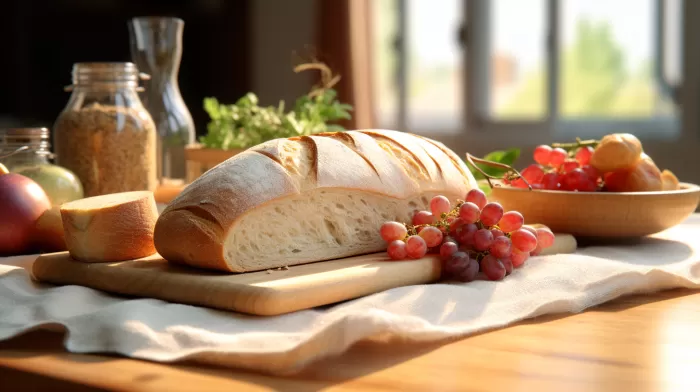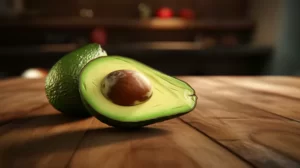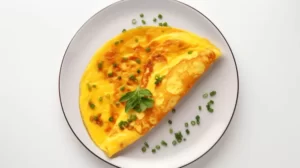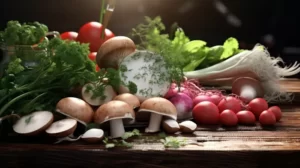For years, I was unable to eliminate the one food I suspected contributed greatly to my face rash (rosacea), seborrheic dermatitis (dandruff), and low back pain: bread and wheat-based foods. Whenever I would open the fridge or cupboard, there it would be calling me: breads, crackers, cookies, cold cereals, and pastas. It seemed like I simply couldn’t live without it, despite its negative effects on me.
However, I recently came to the realization that even the occasional bit of bread wasn’t doing me any good, so I decided to follow my own advice to a tee. I’ve spent the past four weeks avoiding bread entirely. I now have oatmeal, buckwheat cereal, or smoothies for breakfast. At lunch, instead of bread-heavy sandwiches, I opt for meat, cheese, nuts, and fruit. For dinner, though I still have croutons in my salad, the larger bread portions are no more.
Feeling the Benefits
Incredibly, my meals are just as satisfying, but with notably less bloating, gas, and post-meal fatigue. My face rash and dandruff have dramatically improved, and my low back pain has disappeared entirely.
I must now admit that I’ve been addicted to bread for years, and suffered for it. I now look at bread with no hard feelings and with absolutely no craving for it. This power over bread occurred slowly but surely, one week at a time.
Volumes have been written on the psychology and strategies to break free from unhealthy food addiction. Bread may not be your addiction or problem food, but chances are there’s something you’re eating that is negatively impacting your health. The Standard American Diet is full of refined carbs, added sugars, and food additives we’d all be better off going without.
Breaking the Habit: Steps for Success
If you’re ready to let go of your problem food, here are some tips that may work for you (they worked for me!):
- Eliminate and Replace Addictive Foods: In order to shift your established brain chemistry of junk food addiction (that’s not just candy, but all processed wheat, and foods with added salt, sugar, and fat), you must eliminate those addictive foods for four weeks and replace them with a diet of fresh fruits (smoothies if you like) and vegetables (salads, cooked veggies), protein (meats and/or nuts and avocados, with olive oil), and no food additives.
-
Embrace Self-Love: Decide if you truly love yourself enough to begin a journey of healing from unhealthy food addiction. In coaching individuals over the years, shame, guilt, despair, and feeling unloved have been seen as co-contributors to feeling weak when choosing oral pleasure foods over fulfilling healthy foods. Seek medical help if needed.
-
Exercise as Part of the Process: Make exercise part of your healing process. Have healthy foods prepared for afterwards so that when you’re feeling weak and hungry, your choices become easy.
-
Enlist Social Support: Build in social support from family and close friends who can prevent you from purchasing, preparing, and consuming your junk foods of choice. Simply find creative replacements for these and stick to it for four weeks. Then you’ll be able to see the situation from a completely new perspective once you’re free from the addiction.
Avoiding Relapse
You may also want to find alternative ways to deal with stress, as emotional eating can lead to a relapse in unhealthy food consumption. Techniques like deep breathing exercises, meditation, or engaging in a hobby can help take your mind off of food cravings.
It’s also important to be prepared for social situations where you might be tempted to indulge in your problem food. For example, you can bring a healthy dish to a potluck or choose a restaurant with healthier options when dining with friends.
In conclusion, breaking free from an unhealthy food addiction can be difficult, but with dedication, self-love, and the implementation of these steps, you may find yourself reaping the benefits of a healthier lifestyle. Remember, it takes time for your brain chemistry and habits to change; give yourself the space and patience needed to succeed in this journey. And as you start to feel better, you’ll realize that the initial struggle was well worth the effort.



